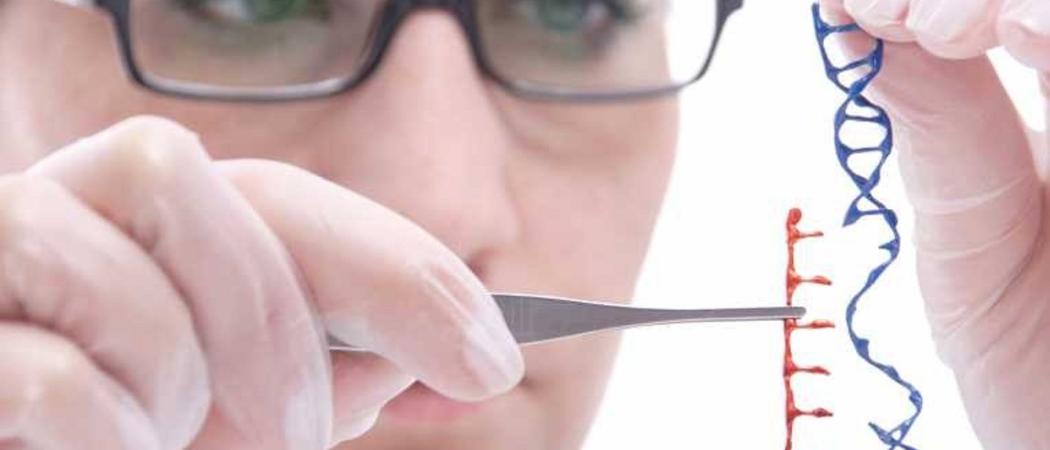Investigations led from the AstraZeneca graduate programme deliver mechanistic insights and the first predominantly RNA-free guide molecule capable of directing Cas9 gene editing

Scientists in the IMED Biotech Unit at AstraZeneca have developed a novel “guide” molecule that is capable of directing the Cas9 nuclease to sites of precise genome editing. In the recent issue of Nature Communications, the authors describe how the guide molecule which, until now has been based on an RNA backbone, can in fact be made from a hybrid molecule incorporating DNA nucleotides.
RNA guides have formed the basis of the molecular machinery required for CRISPR/Cas9 gene editing since its discovery in 2013. This leaves researchers with limited options but to use RNA guide sequences in their investigations and alternative guides with improved properties would be important in developing enhanced editing systems for the future. Initially, the team of scientists in IMED’s Discovery Sciences replaced the RNA guide with DNA and quickly showed this didn’t form a stable complex. But by methodically replacing individual nucleotides, based on bound crystal structures, they identified specific hydroxyl groups that were critical to forming interactions between Cas9 and the target sequence.
“By developing the hybrid DNA:RNA guide molecules we could start to investigate the binding kinetics for what makes the ‘ideal’ guide for Cas9 to the target gene of interest. So far, we have learnt where the critical regions are in the guide molecule that allow correct Cas9 target engagement. We also show the hybrid backbone has a lower binding energy than the traditional RNA guide which, means we can achieve higher binding specificity”, said Ben Taylor, Discovery Sciences Associate Principal Scientist, IMED Biotech Unit.
Through collaborative working with external partners, our scientists were able to use single molecule microscopy in collaboration with Professor David Rueda at Imperial College, London and switchSENSE® technology from Dynamic Biosensors, to interrogate the ability of the various guide molecules to interact with both the Cas9 nuclease and target DNA. This was crucial in both driving design of the hybrid molecule and enhancing our mechanistic understanding.
These investigations formed the basis of Fernando Orden Rueda’s Graduate placement within the IMED Biotech Unit at AstraZeneca. “Being involved in these investigations to further advance this breakthrough technology has been an amazing experience. The training I received from the team and the breath of molecular biology techniques I learnt has really helped me develop as a young investigator – and to be first author of this high impact publication, just brilliant!” said Fernando.
Through this collaborative approach, AstraZeneca scientists have been able to increase our understanding of the mechanisms behind CRISPR/Cas9 editing and drive towards enhanced genome editing systems of the future.
This release was first published 20 November by AstraZeneca.




 A unique international forum for public research organisations and companies to connect their external engagement with strategic interests around their R&D system.
A unique international forum for public research organisations and companies to connect their external engagement with strategic interests around their R&D system.